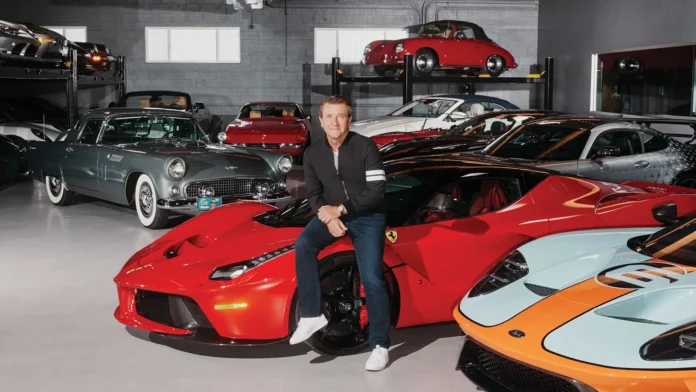On social media there is plenty of people showing off, whether its to flex the money they have and our able to spend or things from their life that they like to show off that adds to the persons identity. We see a couple of explanations in the
“Consumers obtain knowledge about the self by comparing their thoughts, feelings and performances to others (Festinger, 1954). The information about what others can and cannot do, or what others have and have not achieved, or what characteristics others do or do not possess, is often used to evaluate oneself (Corcoran et al., 2011). Based on the relative position between the self and the comparison target, social comparisons can be categorized into upward comparisons, in which consumers compare themselves to a better-off or superior target(s), and downward comparisons, in which consumers compare themselves to a worse-off or inferior target(s) (Festinger, 1954).” (Zheng 2018)
This is an interesting way to put how people compare themselves to make them feel better or worse than others.
“The theoretical root of compensatory consumption is based on the notion of possessions as part of the extended self (Belk, 1988). As documented in considerable literature, the possessions that consumers own are a major contributor to and a reflection of their identities (Belk, 1988; Elbedweihy, Jayawardhena, Elsharnouby, & Elsharnouby, 2016; Sheth, Newman, & Gross, 1991; Shrum et al., 2013; Solomon, 1983). Thus, consumers strive to construct or maintain their identities through the acquisition and use of products and brands that are perceived to provide desirable symbolic values “(Zheng 2018)
This section caught my eye as it expressed how people show off to maintain their personality and identity.
“Conspicuous consumption refers to the acquisition and display of possessions with the intention of signaling wealth and social status (Veblen, 1899/1994). In his classic treatise, “The Theory of the Leisure Class”, Veblen (1899/1994) argues that wealthy people often consume highly conspicuous products and services to fulfill the desire of enhancing status. However, research has shown that consumers from the bottom of the income distribution are more likely to engage in conspicuous consumption (Banerjee & Duflo, 2007; Charles & Roussanov, 2009; Kaus, 2013). Charles and Roussanov (2009) find that economically disadvantaged Americans spend a larger proportion of their income on conspicuously displayed goods (e.g., clothing, jewelry, and cars).” (Zheng 2018)
I found this interesting as it explains how all classes wish to have and show off things that make them seem like they have a higher status.
I believe this will help in understanding why people wish to show off, especially the things they own, and how it impacts their decisions when purchasing. People are going to want options that are better than others out there, not just to have something extra for themselves but to show off to others to increase their status.
References
Guzik, J. A. (2022, October 2). The secret behind ‘Shark Tank’ Co-Host Robert Herjavec’s Jaw-Dropping car collection: Don’t negotiate. The Hollywood Reporter. https://www.hollywoodreporter.com/lifestyle/lifestyle-news/shark-tank-co-host-robert-herjavecs-car-collection-photos-1235228647/Copy to clipboard
Xiaoying Zheng, Ernest Baskin, Siqing Peng. (2018).Feeling inferior, showing off: The effect of nonmaterial social comparisons on conspicuous consumption, Journal of Business Research, Volume 90, https://www.sciencedirect.com/science/article/pii/S0148296318302169?casa_token=VSGsR1AmmsYAAAAA:5pc3rVRVuYEwyob-q3Ne2TBfS7cT2KgxX8C0ssBna-wxo8SIrcBKRU87zHF4X3pI0nPP9iwcyw#ab0005




